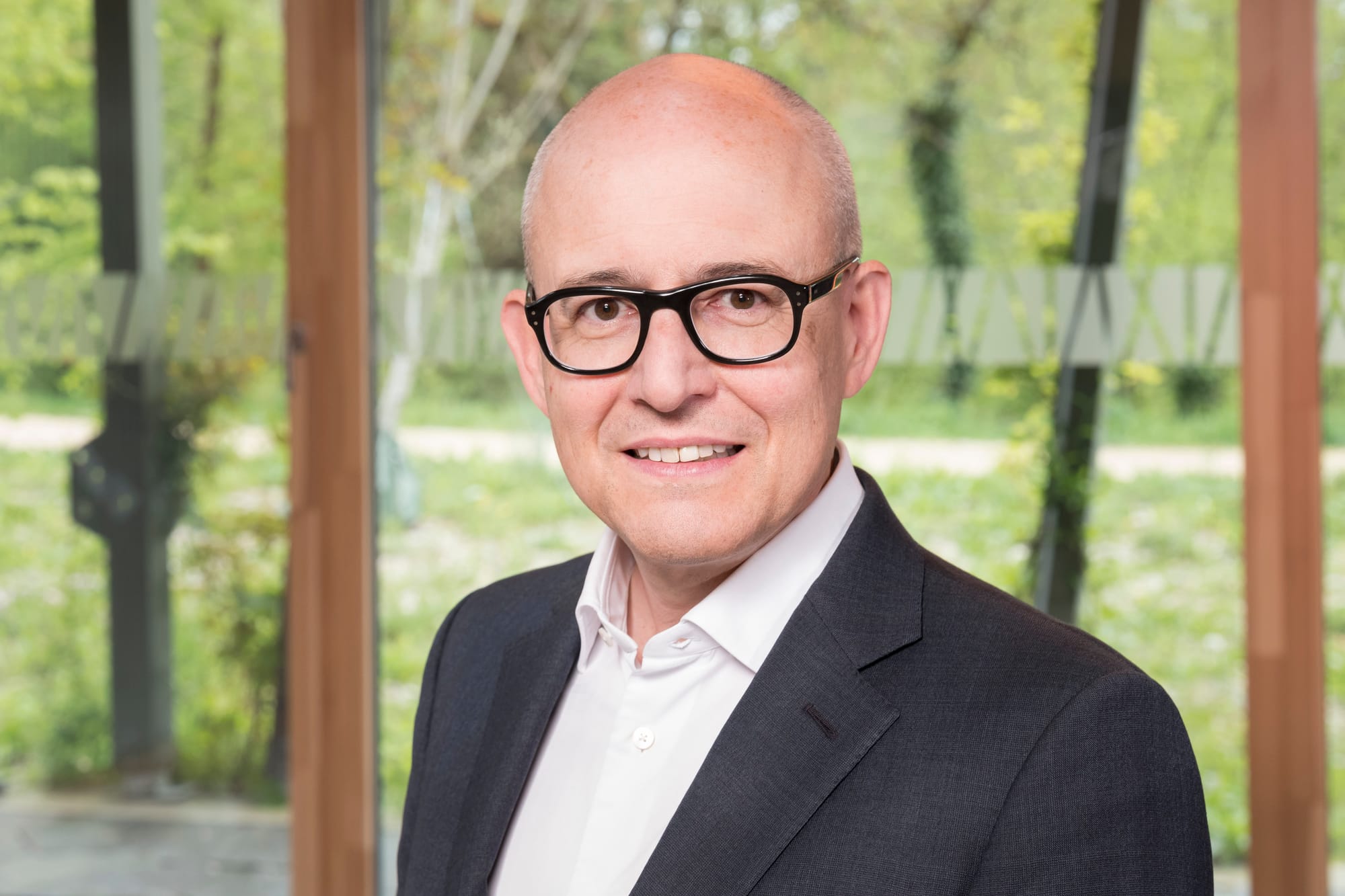In an interview given in early December to the "Tages-Anzeiger", Christoph Brand, chief executive officer of the Axpo group, warned Switzerland about the serious risk of energy shortages during the winter.
To support his remarks, the director referred to the case of 6 November 2024, a day described as a "dark lull", that is to say without sun or wind to power the photovoltaic panels and wind turbines. "While all of Germany's power plants were operating at full capacity and import lines were saturated, demand was barely met. Imagine if that had happened on a cold winter day: the lights would have gone out," he said.
At a time when the Federal Council seems ready to reopen the door to nuclear power in Switzerland, with its recent counter-proposal aiming to amend the Nuclear Energy Act, the country's energy future is at the center of concerns. But long before any nuclear revival, gas appears to be gathering the majority of support.
Over the course of this January, we will be looking at the reemergence of this energy source in people's minds. The viewpoint of François Fellay, chief executive officer of Oiken.
Do you share Christoph Brand's analysis of the serious risk of future electricity shortages in Switzerland?
We cannot ignore the risk of electricity shortage linked to the disconnection of a production facility. Rigorous planning is essential to avoid imbalances that could disrupt supply. If the necessary measures are taken in time, notably to compensate for the closure of a large plant, the risk remains low and manageable. Grid stability also depends on good management of the flexibility of production capacities, which can vary greatly between days and seasons.
In the context of the decarbonization targets set by the Confederation, electrification plays a key role. This requires the rapid establishment of a diversified energy mix. In this respect, recent political efforts, such as the new Energy Act and support for the Mantelerlass, provide a favorable framework for succeeding in this transition.
It is therefore crucial to coordinate this transition rigorously in order to guarantee sustainable supply security.
Grid stability also depends on good management of the flexibility of production capacities, which can vary greatly between days and seasons.
What should be done to reduce this risk to a minimum?
The closure of a plant inevitably leads to an energy deficit. To reduce this risk, two courses of action are necessary: reduce consumption and develop new sources of production.
Firstly, businesses and citizens have strong potential for energy savings. According to a report by the Confederation, more than 4.3 TWh are wasted each year through inefficient use, equivalent to the annual production of a small nuclear plant.
Simple measures can limit this waste: replace energy-intensive appliances with more efficient models, optimize electric heating systems (direct or heat pumps) and improve buildings' thermal insulation. These actions offer immediate and significant gains.
Secondly, to meet needs, it is essential to accelerate the development of renewable energies. Although their production is intermittent and higher in summer than in winter, new technologies make it possible to optimize the energy system: self-consumption, batteries, smart control and Power-to-X solutions. These innovations synchronize production and demand, ensuring a more efficient and sustainable system.
Your colleague advocates for new gas-fired plants to avoid any risk of shortage; what is your position on this matter?
This solution offers valuable short-term assistance, as it is a well-mastered technology and easy to deploy quickly, as shown by the example of the Birr plant.
However, depending on foreign gas makes us vulnerable to European and international partners. Past geopolitical tensions have already impacted our supply and driven up electricity prices.
In the long term, it is therefore essential to favor sustainable solutions, ideally without recourse to fossil fuels.
The overproduction of new renewable energies (NRE) in summer could be valorized thanks to Power-to-X technologies, which convert energy into liquid or gaseous molecules.
Partly depending on gas also means depending on Europe's willingness to supply it to us. Shouldn't we finally address the issue of storage?
It is crucial to adopt a global vision of the power grid, moving beyond an approach centered solely on Switzerland. Our central position and our interconnections with neighboring countries offer the opportunity to consider solutions at the European scale. While gas plants can temporarily respond to current challenges, a long-term strategy must rely on renewable gases.
Moreover, the overproduction of new renewable energies (NRE) in summer could be valorized thanks to the Power-to-X technologies, which convert energy into liquid or gaseous molecules. These innovations enable seasonal storage, limiting our current dependence on foreign gas storage.
Finally, we are currently conducting preliminary studies, in collaboration with Gaznat, Holdigaz and SIG, for the creation of a physical gas reserve in a rock cavity in the Conches valley (VS).
Without this, in the event of a gas shortage, wouldn't the risk of an electricity shortage once again become a reality?
The 2022 geopolitical crisis prompted the Confederation to take measures to prevent such a situation from happening again. Agreements have been concluded with various suppliers in order to diversify sources of supply.
I also highlight the remarkable work of Gaznat, which has strengthened the security of gas supply for western Switzerland, notably thanks to the conclusion of a contract with a large Norwegian supplier, also securing its transport to our distribution network.
In the energy mix targeted by Switzerland, rather than betting on gas, shouldn't we invest more heavily in hydrogen?
Switzerland recently unveiled its hydrogen strategy, which foresees local production to meet medium-term needs, still limited until 2035 due to challenges related to the technical implementation of its use. In the longer term, the strategy envisages a connection to the European network, when the technology is sufficiently developed to meet the needs of industrial consumers, the supply of peak energy for heating and professional transport.
This article has been automatically translated using AI. If you notice any errors, please don't hesitate to contact us.




